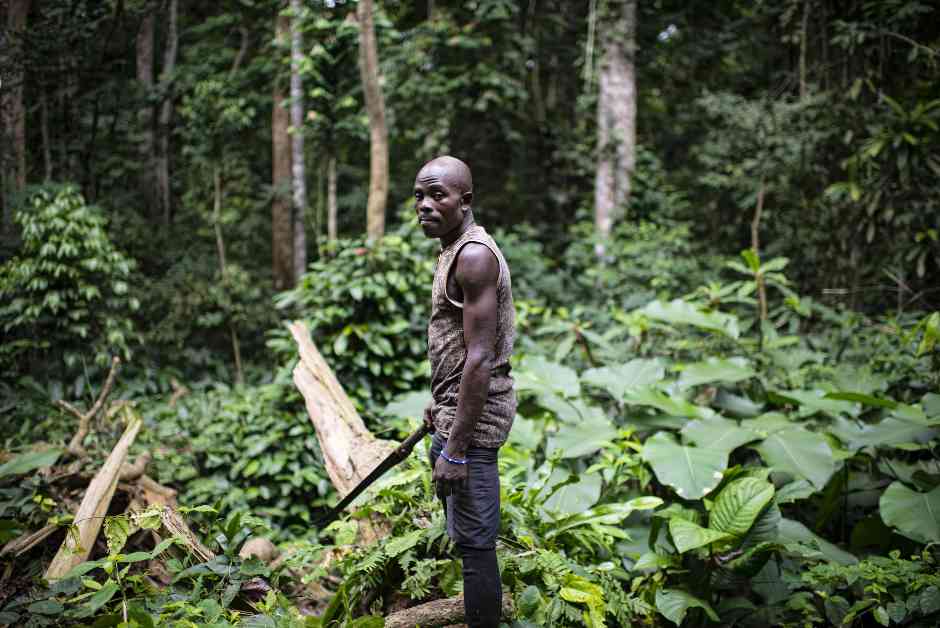In 2025, Mario Boccucci, the head of the UN Collaborative Programme on Reducing Emissions from Deforestation and Forest Degradation in Developing Countries (UN-REDD), sees a unique opportunity to prioritize forests in climate action. With forests serving as a key solution to combatting climate change, Boccucci emphasizes the importance of seizing this moment to increase investments in forest conservation and sustainable management.
Forests, covering a significant portion of the world’s land mass, play a crucial role as carbon sinks, mitigating the impacts of climate change. Beyond their environmental significance, forests also provide essential resources for over 1.6 billion people worldwide, supporting food security and sustainable livelihoods. From Indigenous Peoples in the Amazon to herders in the Sahel, forests are deeply intertwined with the well-being of communities across the globe.
Moreover, the economic value of forests cannot be understated, with an estimated worth of US$150 trillion. Forests directly impact the livelihoods of over 90% of the world’s population living in extreme poverty and support more than 86 million jobs. Investing in forests not only creates employment opportunities but also generates a significant return on investment, with every $1 spent on forests yielding $9 in return.
UN-REDD Programme: Driving Impactful Results
The UN-REDD Programme has demonstrated the effectiveness of forest-based mitigation efforts, showcasing tangible reductions in carbon emissions, economic growth, and livelihood security. Countries like Ghana have witnessed increased income for farmers engaged in sustainable cocoa production, while Indonesia has seen the restoration of mangroves benefitting fishing communities and protecting them from natural disasters.
Globally, over 20 countries have reported a reduction of nearly 14 billion tons of carbon dioxide through forest conservation efforts. The UN-REDD Programme has played a pivotal role in supporting these countries, mobilizing $1 billion in REDD+ financing, including $350 million in results-based payments. This highlights the practicality, effectiveness, and scalability of forest protection initiatives.
Efforts to ensure the inclusion of all stakeholders in forest conservation have also seen progress, with a focus on empowering Indigenous Peoples, local communities, women, and youth to actively participate in forest protection. Recognizing the role of Indigenous Peoples and local communities as key partners in achieving climate goals is essential for long-term success in curbing deforestation and promoting sustainable forest management.
Challenges and Opportunities Ahead
Despite the strides made in forest conservation, there is a pressing need to ramp up financing and support for forests to capitalize on the opportunities presented in 2025. A UN Environment Programme report indicates that restoration finance must quadruple by 2030 to meet global targets, emphasizing the urgency of increased investment in forest restoration and climate action.
As the world prepares for the COP30 climate conference, set to take place in the Amazon, the focus on scaling up forest finance and integrating forests into climate action, economic strategies, and security plans becomes paramount. Governments, businesses, financial institutions, and multilateral organizations must prioritize forest conservation to drive transformative change and combat deforestation effectively.
Reflecting on decades of work in forest conservation, Boccucci acknowledges the dedication of forest and climate champions worldwide and emphasizes the need for collective action to scale up implementation and financing. With evidence pointing to the effectiveness of forest solutions, the time is ripe to mobilize resources and efforts towards sustainable forest management practices that benefit both the environment and local communities.














